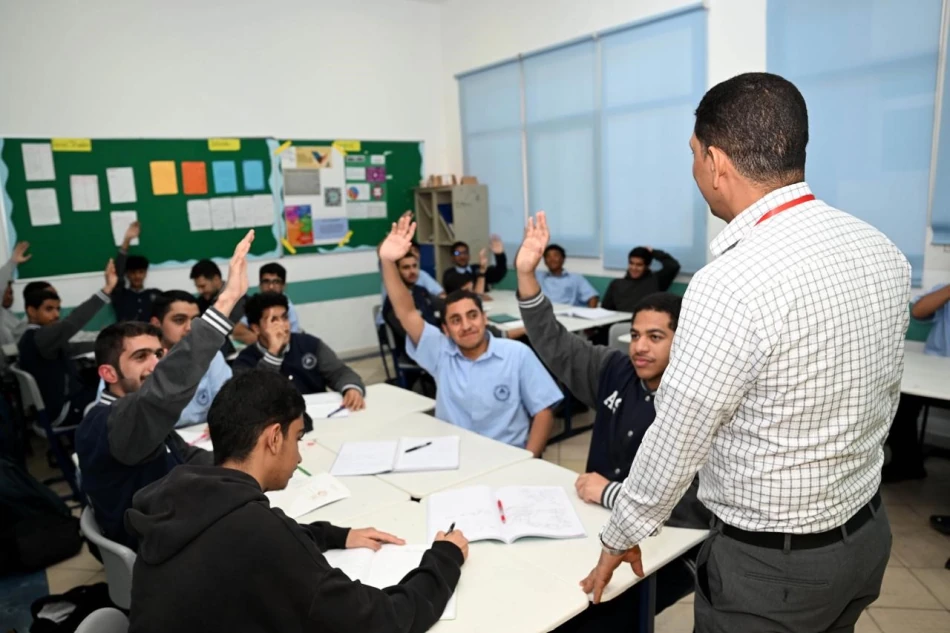
Schools Implement Exit Permits for 'Family Transport' Students to Ensure Smooth Academic Year
Schools Tighten Private Transport Rules as Academic Year Approaches
Educational institutions across the region are implementing stricter regulations for student private transportation, signaling a broader shift toward enhanced safety protocols and administrative oversight. The new permit system, launching August 27 through October 3, 2025, reflects growing concerns about student safety and transportation management in an era of increased security awareness.
Digital-First Approach to Student Transport Management
Both public and private schools have announced the opening of applications for student private vehicle exit permits for the 2025-2026 academic year. The permits, valid only for the first semester, represent a trial period that could shape future transportation policies.
The application process has been digitized through specialized online forms on school platforms, requiring recent student photographs and driver identification documents. This electronic registration system demonstrates how educational institutions are modernizing administrative processes while maintaining strict oversight.
Strict Timing Requirements Signal Safety Priority
Non-Negotiable Schedule Compliance
School administrations have established rigid pickup and drop-off schedules that leave no room for flexibility. Students must arrive punctually in the morning and be collected precisely at 3:05 PM Monday through Thursday, with Friday dismissal at 11:40 AM.
The consequences for non-compliance are immediate and severe: any delays in arrival or pickup result in automatic permit revocation, forcing students back to mandatory school bus transportation. This zero-tolerance approach suggests schools are prioritizing systematic control over convenience.
Administrative Control Mechanisms
Physical Permit Requirements
The permit system operates on strict physical verification protocols. Students must present valid permits to designated supervisors at exit gates, with no exceptions for copies, modifications, or digital alternatives. Lost permits require official replacement through proper channels, creating additional bureaucratic layers.
This emphasis on physical documentation, despite digital application processes, indicates institutions are balancing technological efficiency with security verification needs.
Implications for Educational Policy Trends
Safety Over Convenience
The semester-limited trial period suggests schools are cautiously testing enhanced oversight measures. This approach mirrors broader global trends where educational institutions are reassessing transportation policies following various security incidents worldwide.
The strict enforcement mechanisms indicate that schools are willing to sacrifice parental convenience for administrative control and student safety. Such policies often face initial resistance but typically become normalized as security concerns outweigh convenience preferences.
Long-term Educational Transportation Evolution
These measures likely represent the beginning of more comprehensive transportation management systems. The combination of digital applications with physical verification suggests future integration of advanced tracking and monitoring technologies.
Educational administrators appear to be establishing precedents that could expand beyond transportation into other areas of student management, potentially reshaping the relationship between schools, students, and families in terms of institutional oversight and parental autonomy.
Most Viewed News

 Sara Khaled
Sara Khaled






